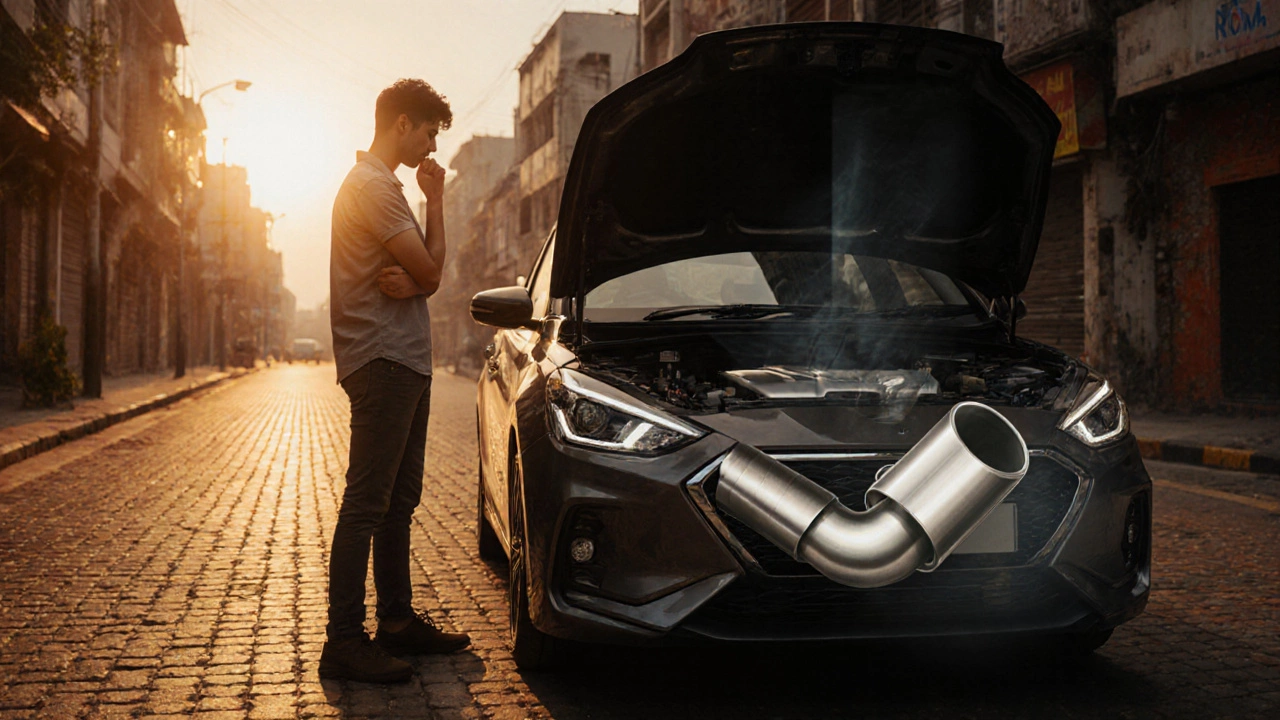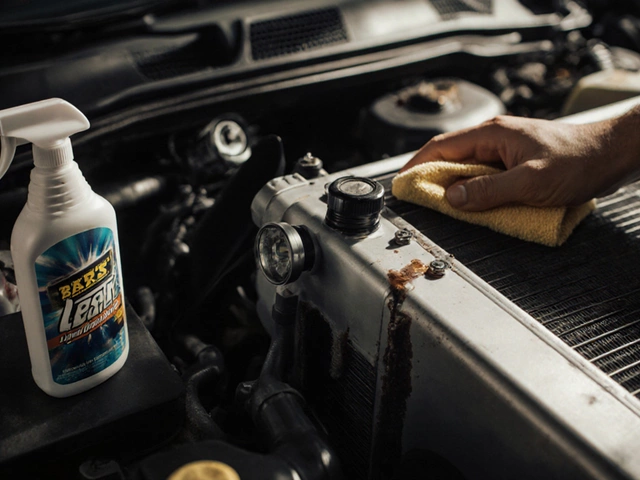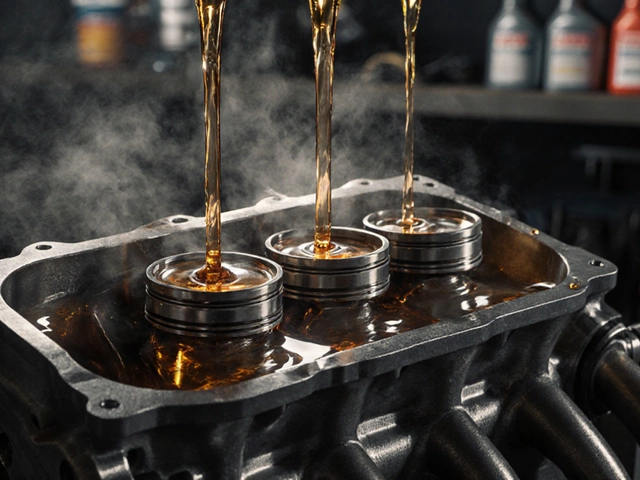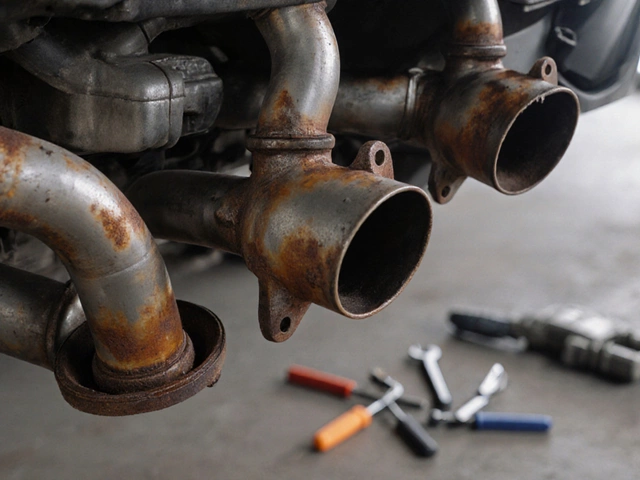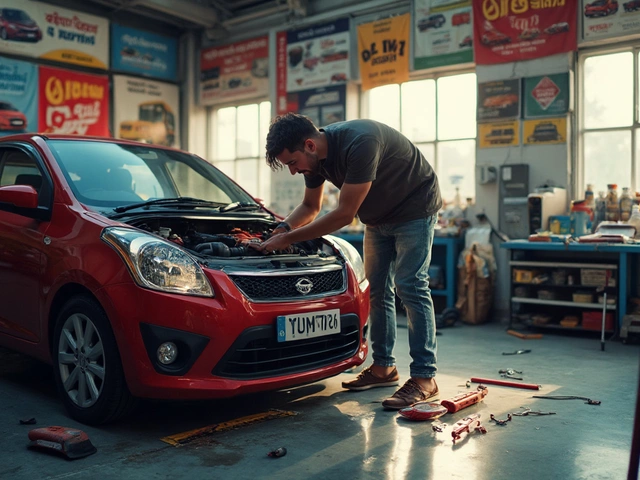Performance Exhaust: Boost Power and Sound
When working with performance exhaust, a system that reduces backpressure and improves engine breathing. Also known as performance pipe, it helps you get more power and a more aggressive tone.
One of the biggest reasons drivers upgrade is the link between horsepower, the measure of engine output and exhaust flow. A well‑designed exhaust lets exhaust gases leave the combustion chamber faster, which means the engine can pull in fresh air more quickly. That extra airflow translates directly into a small but noticeable jump in horsepower. In practice, many owners see 5‑10% gains after swapping a restrictive stock pipe for a freer design.
Not all performance exhausts are created equal. A cat‑back exhaust, a system that starts after the catalytic converter and runs to the tailpipe is a popular choice because it replaces the loudest sections without touching emissions equipment. Cat‑back kits typically include larger‑diameter piping, mandrel‑bent bends, and a freer‑flowing muffler, all of which cut backpressure and enhance the sound. When paired with an active valve exhaust, a setup that lets you switch between quiet and loud modes electronically, drivers gain flexibility: a low‑profile tone for city cruising and a full‑roar for the track.
How the Pieces Fit Together
Performance exhaust encompasses several key components, each influencing power, sound, and legality. The pipe diameter determines how freely gases can move; bigger isn’t always better, because too large a pipe can reduce exhaust velocity and hurt low‑end torque. The muffler’s internal design shapes the noise level—straight‑through designs boost sound, while chambered designs keep it mellow. Active valve systems let you control that balance on the fly, making them a favorite for street‑legal builds. Removing the muffler entirely, often called a “muffler delete,” can raise sound dramatically, but it may also push your decibel level past local limits and affect backpressure in ways that can stress the engine.
Legal considerations are a big part of the conversation. Most regions set a maximum dB level for street traffic, and many inspections look for the presence of a functional muffler or resonator. A cat‑back kit that stays within those limits will usually pass without issue, while a straight‑pipe or aggressive valve setup may require a dyno test or sound meter to prove compliance. Knowing the local noise ordinance helps you pick the right combination of pipe size, muffler style, and valve control to stay under the limit while still hearing the growl you want.
Beyond power and sound, a performance exhaust can improve drivability. Reduced backpressure often means smoother throttle response, especially at high RPMs. Drivers report quicker spool‑up on turbocharged engines and less “coughing” when shifting. While the gains aren’t magic, the cumulative effect of better flow, lighter weight, and refined sound can make daily driving feel more engaging.
Whether you’re hunting a few extra horses, looking for that signature exhaust note, or need a legal solution that passes inspection, the options are plentiful. Below you’ll find hands‑on guides that walk you through choosing the right pipe diameter, installing a cat‑back kit, wiring an active valve system, and measuring sound levels to stay legal. Use these insights to decide which upgrade fits your car, budget, and local regulations, and get ready to hear the difference on your next drive.
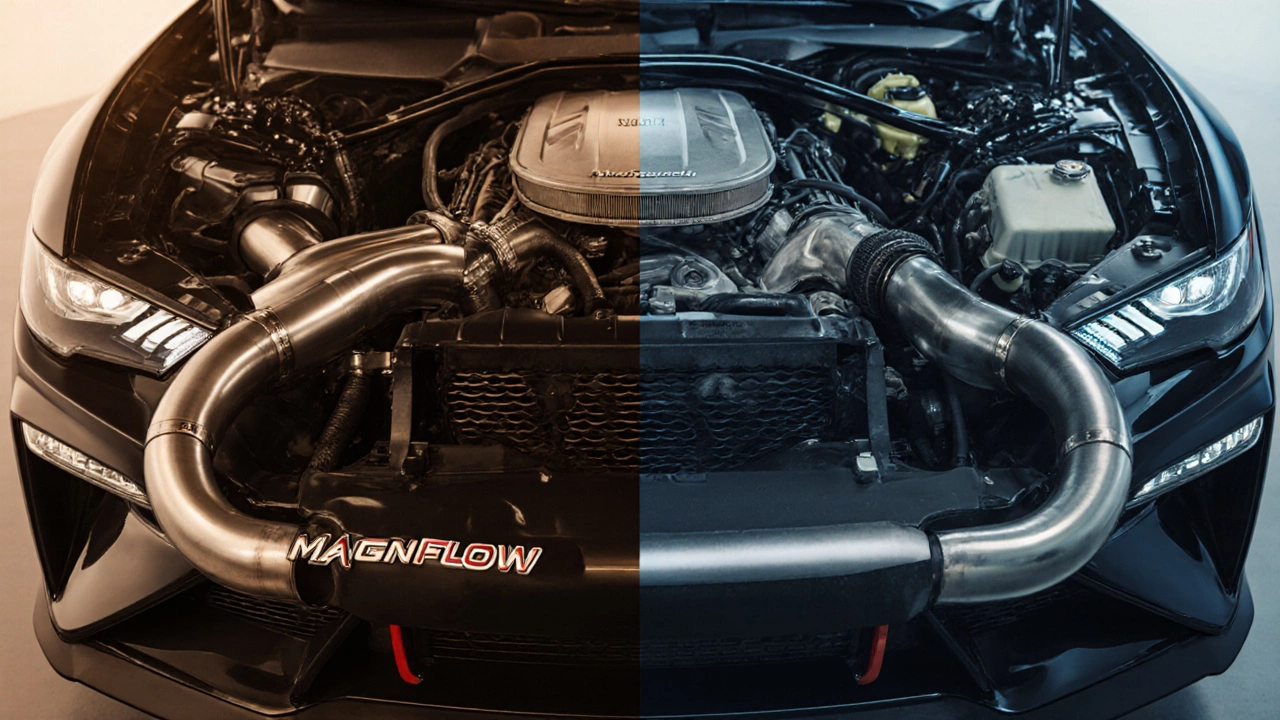
MagnaFlow vs Flowmaster: Which Exhaust Brand Wins?
Compare MagnaFlow and Flowmaster exhausts on performance, sound, durability, price, and installation to decide which suits your car best.
CONTINUE READING